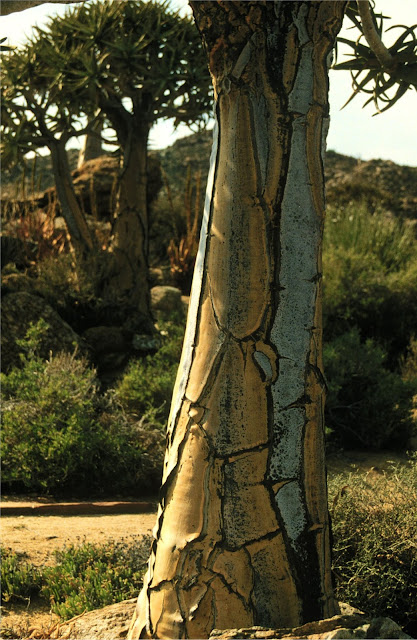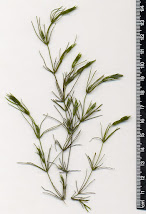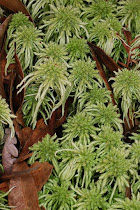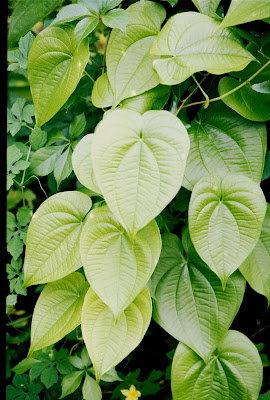Kicking the plastic habit - What about Silicone or Rubber?
In my previous post, I neglected to mention two other materials that might replace some plastic use - silicone and rubber. Are they any better?
The short answer is yes, but with some important qualifications. Neither is made from fossil fuels, and so that is a plus. Both are less toxic to us and our environment, and neither breaks down into fine particles like microplastics. 'll deal with silicone first.
Silicone is a rubber-like material that is actually made from plain old silicate sand (SO2), as is glass. There are many silicone products that could replace fossil fuel-based plastics, including multiple-use stretchable bowl covers that can replace plastic wrap for saving dinner leftovers. There are also silicone baby bottles, water bottles, mugs, etc. not to mention spatulas and other utensils that take advantage of silicone's high heat resistance. So, sounds like a pretty good deal, right?
Maybe. A significant factor in evaluating any technology is the degree of processing involved. A longer, multi-step manufacturing process is likely to require more energy and result in more pollution. Cutting a piece of bamboo culm to use as a drinking cup is far more environmentally friendly than extracting the cellulose from the bamboo and then using it to make socks (see the process for making viscose in my previous post.
Glass is essentially sand that has been melted and re-shaped. It takes a little heat, but is a simple process that has been used for centuries. Silicone, however, is a much more radical transformation of sand. Like carbon, silicon atoms have four bonding sites, so have a similar ability to form long polymers with varied side chains. Intense heat (around 1000 degrees Celsius) is required, however, to remove the oxygen from silica molecules, transforming it into pure silicon. The silicon is further processed, with more heat, to make it form plastic-like polymers. The heat required is generally derived from fossil fuels.
The amount of energy required to make one kilogram of silicone is roughly11 kilowatt hours, the equivalent of 5 kg of coal, or nearly a gallon of petroleum. Roughly the same amount of fossil fuel is needed to make a kilogram of plastic. So the consumption of fossil fuels is about the same for silicone as it is for plastics. Making silicone puts carbon dioxide into the air, while making plastics solidifies it into the stuff that litters the oceans and our water supply. Both problems can be addressed, but the track record so far is not good. Once again, one must look for responsible producers when considering silicone products.
The starting ingredient for both glass and silicone is abundant, but the mining of sand, potentially defacing the landscape and disrupting local ecosystems, is a factor to be considered in the eco-friendly equation. Glass is a better use of sand, and can be recycled over and over. It appears that silicone is non-biodegradable, or at least takes a very long time to break down. So, like plastics, it must be safely buried at the end of its useful life. In the end, silicone has an edge over plastics in that it is less toxic and does not break down into microplastics.
 |
| In the rubber tree, Hevea brasiliensis, latex drips freely from cuts in the bark, a process called tapping, which does not harm the tree. Photo by Vis M, CC BY-SA 4.0. |
The function of latex for the plants themselves is generally said to be as defense against insect damage.
Rubber from natural latex sources can replace plastics and silicone in many applications, and is biodegradable, though depending on how it has been processed it may take many years to decompose. Rubber that has been vulcanized to make it more durable, breaks down much more slowly than raw latex or minimally processed rubber. There is experimentation with bacteria that can speed up the decomposition of rubber. Of course, synthetic rubber is a different story altogether, as it is made, like plastic, from fossil fuels.
Processing latex in the field and conversion to rubber products in factories are, of course, potential sources of pollution. There are ways to minimize such problems, and consumers can choose products that have been responsibly manufactured.
The biggest potential problem with rubber is that the rubber trees are generally grown in massive plantations, resulting in the usual disease and pest problems associated with monocultures, along with deforestation and the loss of biodiversity. Similar problems plague palm oil plantations, and indeed most modern agriculture. The cutting down of biodiverse rain forests for rubber or oil production, seems somehow more egregious than replacing grasslands with wheat or corn.
A better way to grow rubber is through mixed plantings with other crops. It is compatible with growing other tree species for wood, cellulose, fruits or nuts, or for intermixing with low-growing shade-tolerant crops. Such farming can be as profitable as monoculture plantations. It is similar to how indigenous peoples originally harvested rubber directly from wild-growing trees in the forest.
Bottom line, silicone, and even better, natural rubber, can be considered options for limiting our use of plastics derived from petrochemicals, if the energy and environmental impacts can be mitigated. Once again, with so many people on the planet, there is a cost to whatever technology we use. We can only choose the lesser of evils.

.jpg)


.jpg)


.JPG)












.jpg)













